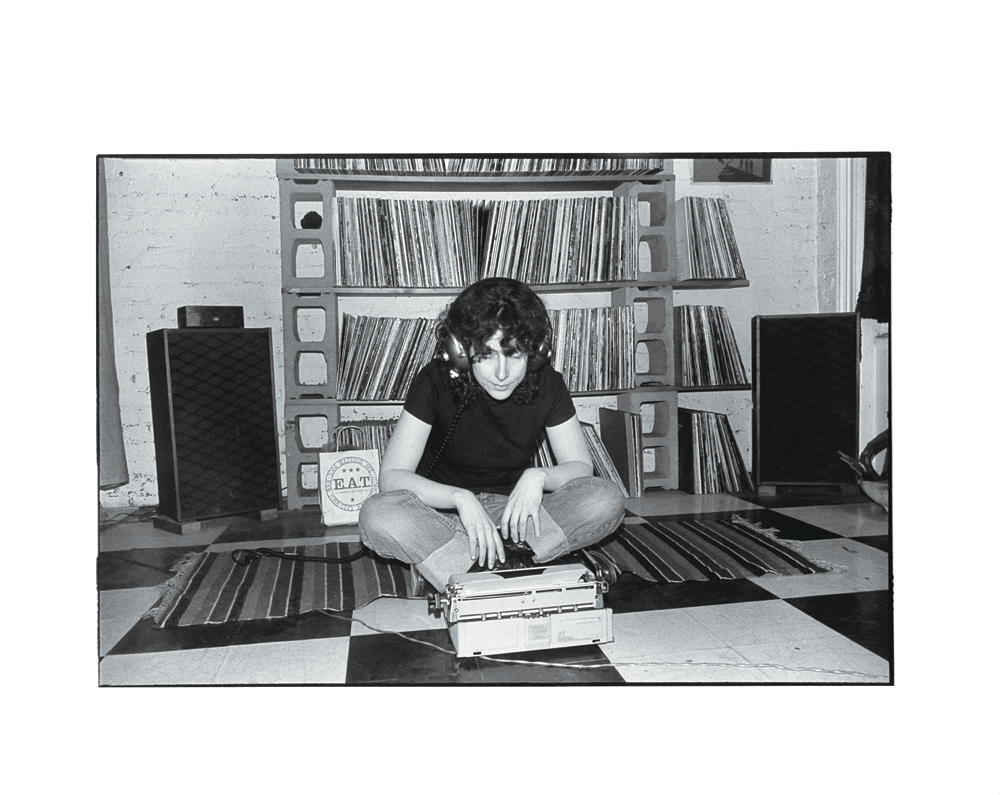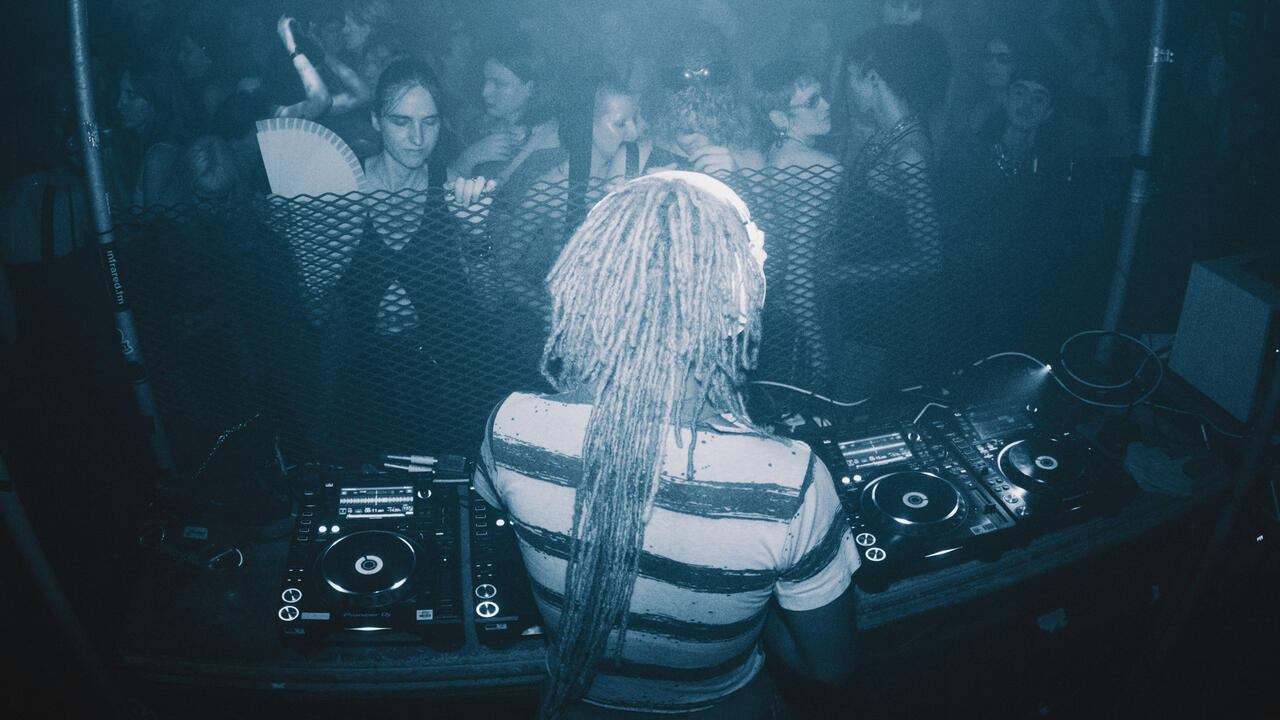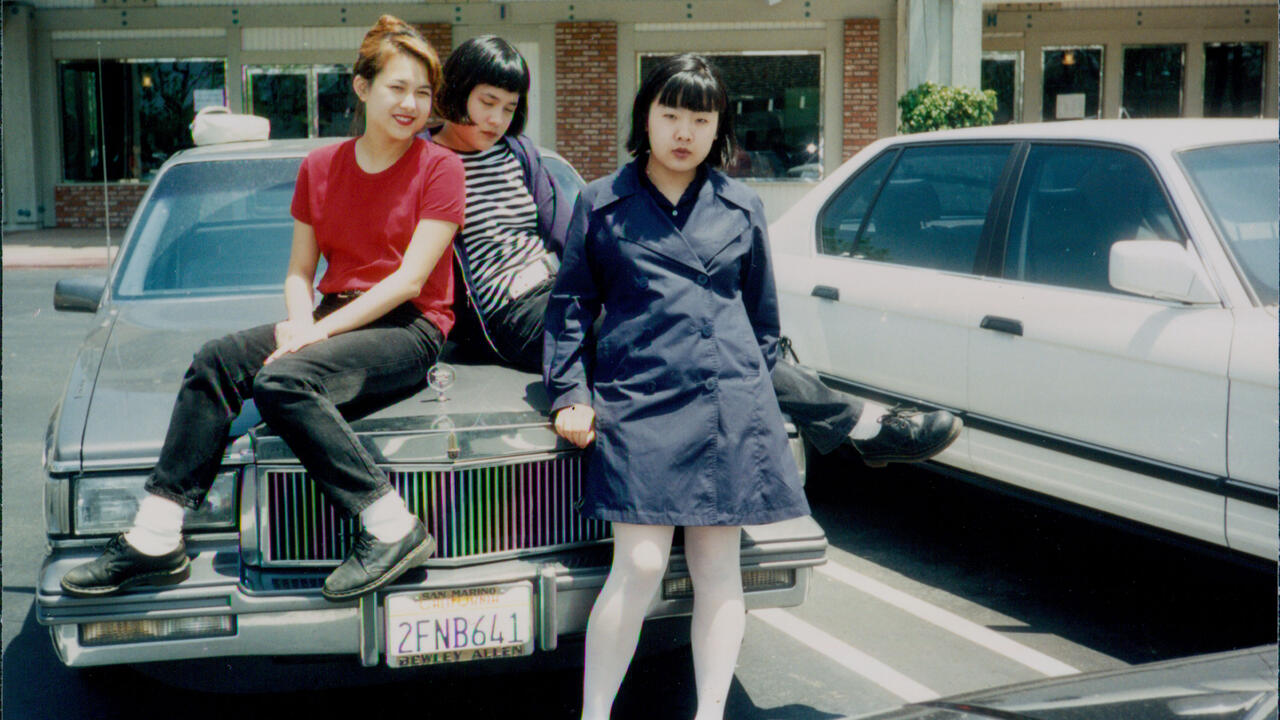Music
The collected music criticism of the pioneering feminist writer Ellen Willis
The collected music criticism of the pioneering feminist writer Ellen Willis

Thelma and Louise turns 20 this year. It is mentioned twice in Out of the Vinyl Deeps (2011), the collected music writing of Ellen Willis. The first time, Willis writes: ‘It occurs to me that perhaps Thelma and Louise is the memorial Janis [Joplin] deserves.’ If you watch it on DVD, you can listen to a commentary by Gina Davis, who played Thelma, recall an early screening at the Cannes International Film Festival in 1991. When Louise (Susan Sarandon) shoots dead a would-be rapist in a parking lot, the audience leapt to their feet and applauded. As Willis puts it in the other essay on Joplin collected here: ‘Janis was not so much a victim as a casualty. The difference matters.’
It occurs to me that Willis, or at least the voice of her writing, is perhaps something like Sarandon-as-Louise: serious, sensual, capable, worldly and very, very smart. In which case, Thelma and Louise was also the memorial that a certain strand of radical, bohemian feminism – on the rise in the late 1960s, when Willis began publishing her essays – deserved. Now, with mainstream feminism often taking the form of an elaborate defence for buying high-heeled shoes, the one prominent female film of this summer was Bridesmaids. You get what you settle for, as Louise put it.
Willis comes down firmly on the side of rock over pop, which means that her two essays on Joplin – among the best pieces in this collection – are among the only texts here on female artists. She waited a long time for a female Bob Dylan or Lou Reed to materialize; for a woman like herself – ‘a New York Jew with curly hair’ – to get up on stage and reflect her own life back to her. With the benefit of hindsight, we can see that female artists have used the elaborate masquerade of pop far more often and more effectively than they ever have employed the language of rock ‘authenticity’, and it’s jarring to read about a 1960s in which Aretha Franklin or The Supremes only merit the briefest of mentions. And where is Nina Simone, whose political radicalism far eclipsed that of most white rock artists? Reading these essays is a sharp reminder that white and black dissidents in 1960s America fought different struggles, to different soundtracks.
Willis isn’t opposed to masquerade, she just wants it to reveal the truth: rather a paradox, but one that leads her to articulate her love of Dylan over and over again throughout these pages. When I hear someone evangelize about The Importance of Bob Dylan, I react in pretty much the same way that I do when happening across the 11 millionth essay on The Importance of Radiohead: my eyes glaze over and I start thinking about show tunes, or nonsense verse – anything to break the mood. Heritage rock magazines (Q, Mojo) and hipster websites (Pitchfork.com) may speak to different generations, but their obsessive list-making and earnest tone indicate a common goal: to formulate and then defend a popular music canon. Hence the attraction of artists who can conceptualize their work in terms of literary ‘meaning’ – statements and narratives – to critics who are eager to prove the integrity of such an ephemeral art form. Willis noticed this early, and lamented it as ‘the end of rock as a radical experiment in creating mass culture on its own terms’. She clearly saw Dylan as a generational figurehead, but she also resists trying to elevate him into a poet.
Hired in 1968 at the age of 26 to be The New Yorker’s first popular music critic, Willis wrote at a time when New York apartments could be rented for 100 dollars a month, and when one relied on traveling friends to bring back the hottest vinyl from Britain. Stranger still to modern readers is criticism that can invoke ‘we’ or ‘our’ to signify a mass audience with shared values – aesthetic and otherwise – that has simply ceased to exist. The liberating, even revolutionary potential of a mass audience was of paramount importance to Willis, and it’s not that I don’t share her interest in ‘rock and roll as a catalyst for the moment of utopian inspiration’, it’s just that rock music has not been capable of this since the time when Willis was searching for it. Occasionally over the past 20 years, the Utopian impulse has cropped up in other genres, particularly hiphop, but in rock it has been fully recuperated, a mere formality. Bands who dabble in it (U2 are a prime example) come across as the worst of cynics, peddling the rebel yell while living like corporate tsars. The last rock band to command a global audience and take seriously the task of questioning the very consumer machine that brought them into being was Nirvana – Nevermind, too, is 20 years old this year – and the contradiction destroyed them.
My favourite essay in this collection is Willis’s meditation on The Velvet Underground, first published in 1979, wherein she makes the following crucial observation: ‘The Velvets were the first important rock and roll artists who had no real chance of attracting a mass audience.’ Much follows from this development – the entire lineage of punk, for a start. Reading and re-reading this essay, I came to realize that the rock music of particular importance to my own life has nearly always taken up The Velvets’ own obsession with social alienation, and also their asceticism: Joy Division, for instance, who replaced the sex drive with the death drive more completely than any other rock band before or since. For the latent communalism that Willis found in rock, I turn to pop instead: ecstasy of all kinds has belonged to electronic music for decades now, while most guitar bands languish in conservatism. Even so, my favourite artist of the past decade has used the swing of UK garage and the vocal yearning of R&B to produce a body of work that mourns for a Utopian impulse in electronic music – rave, in particular – that may have permanently vanished. ‘Old hardcore tunes and jungle tunes; it’s unbelievable, that glow in the tunes, it almost breaks your heart. I’ve been around people when a tune has been put on and they’ve just broken down and cried. They’re reminded of a time,’ said Burial, when I interviewed him in 2007, and it’s with the same feeling that Willis writes of Dylan concerts.

Willis’s daughter, Nona Willis Aronowitz, edited this collection and notes in her introduction that, ‘there simply isn’t space for this kind of in-depth cultural journalism anymore’, which is true as far as print journalism goes. You might be lucky enough to find a blogger of Willis’s calibre somewhere online, constructing a careful and equivocal argument, but they’ll have barely 100 readers and a comments thread to follow full of condescension and sniping. The Internet is a breeding ground for self-importance: you come to agree with no one else’s opinion but your own. The easy aggression and ad hominem attacks that the Internet enables are, I am convinced, key factors in dissuading women from cultivating prominent critical voices online. We can take the heat, but the implication (or outright accusation) that our faulty opinion reflects our lesser value as human beings is one of patriarchy’s oldest tactics. It gets a little boring after a while.
I hope that young women come to discover the rock criticism of Willis through this book, but I disagree with Robert Christgau when he states that these essays are her most important work. Her later writing in the 1980s on topics such as pornography and abortion is still a benchmark for radical feminist analysis. Rock music didn’t bring the revolution, but I still believe that women can.





















